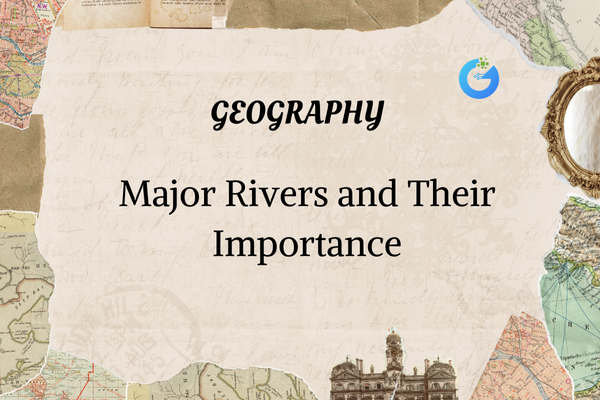Introduction – Why Writing Matters
Imagine a world without books, messages, or even your school notebooks! Long ago, humans couldn’t write at all. They shared stories by speaking. But then, something amazing happened—people began drawing symbols and signs to record thoughts, events, and ideas. This was the beginning of writing.
Over thousands of years, writing developed into different scripts and languages. And with writing came something magical—literature. These are the stories, poems, plays, and knowledge that shape our world.
expert-led History classes – visit our website to learn more
The Earliest Writings – Symbols on Stone and Clay
The first writings didn’t look like letters. In places like Mesopotamia and Egypt, people used pictures and wedge-shaped marks to record numbers, names, and trades on clay tablets. These were called cuneiform and hieroglyphs.
In India, one of the earliest scripts was the Indus Valley Script, found on seals and pottery. We still don’t fully understand it, but it shows that people were recording things even back in 2500 BCE!
Ancient Indian Scripts – Writing Takes Shape
As time passed, scripts in India became clearer. The Brahmi script was one of the oldest known and was used during Emperor Ashoka’s time. His messages of peace were carved on stone pillars in Brahmi. Another important script was Kharosthi, used in the northwest of India.
These scripts helped kings communicate with people, kept records, and preserved religious teachings like the Vedas and Buddhist texts.
Birth of Literature – Stories, Epics, and Wisdom
With writing came literature—words that teach, inspire, or entertain. India became home to some of the greatest works ever written. The Vedas, passed down orally first, were later written in Sanskrit. They contain hymns, prayers, and rituals.
Then came the Ramayana and Mahabharata, two epic stories full of heroes, battles, love, and lessons about right and wrong. They were not just stories—they were guidebooks for life.
Sanskrit, the language of scholars, became the base for many important texts—like the Bhagavad Gita, plays by Kalidasa, and scientific writings in medicine, astronomy, and math.
At the same time, Tamil literature was flourishing in the south. The Sangam poems, written over 2000 years ago, describe love, war, nature, and city life. These poems show how people lived, what they felt, and what they believed.
Medieval and Modern Literature – New Languages, New Ideas
During medieval times, literature grew in many Indian languages like Hindi, Bengali, Marathi, and Urdu. Saints like Kabir and Tulsidas wrote poems about love, peace, and devotion in the language of the people, not just in Sanskrit.
Later, with the printing press and colonization, more books were published. Writers like Rabindranath Tagore, Munshi Premchand, and Sarojini Naidu brought Indian stories to the world, using both Indian and English languages.
Core Concepts – What You Should Know
| Concept | Meaning | Example |
| Script | A set of written symbols used to write a language | Brahmi, Tamil, Devanagari |
| Literature | Written works like stories, poems, and teachings | Ramayana, Sangam Poems |
| Epic | A long story about heroic events | Mahabharata |
| Oral Tradition | Stories passed by word of mouth before being written | Vedas |
| Scribe | A person who writes or copies documents by hand | Scribes who wrote on palm leaves |
FAQs – Curious Questions Kids Might Ask
Q1: Who invented writing?
Writing was invented in different places at different times—Mesopotamians used cuneiform, Egyptians used hieroglyphs, and in India, the Indus script appeared over 4,000 years ago.
Q2: Why is Sanskrit important?
Sanskrit is the language of ancient Indian knowledge and literature. Many religious, scientific, and artistic works were written in it.
Q3: Are there books from ancient India still read today?
Yes! Books like the Ramayana, Mahabharata, and Bhagavad Gita are still read, acted out, and loved across the country.
Q4: How did people write before paper?
They wrote on palm leaves, bark, stone, and metal plates using sharp tools and ink.
Q5: What is the oldest Indian script?
The Indus script is the oldest known, but it hasn’t been fully decoded yet. Brahmi is the oldest script we can read.
Fun Facts About Writing and Literature
- The Ashokan edicts are found as far as Afghanistan and are written in multiple languages!
- The Vedas were memorized and sung for hundreds of years before being written down.
- In ancient times, writing a book took years because each copy had to be hand-written.
- Rabindranath Tagore was the first Asian to win the Nobel Prize for Literature in 1913.
- The word “alphabet” comes from the first two Greek letters—alpha and beta!
Conclusion – The Power of the Written Word
From carvings on stone to stories in books, writing has helped humans share ideas, solve problems, and connect across generations. Indian literature, written in many languages and scripts, reflects the soul of our culture.
By reading and writing, we keep the voices of the past alive—and add our own stories to the future.








